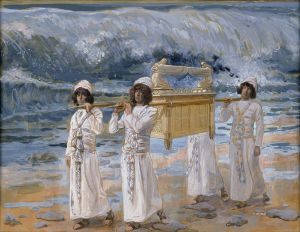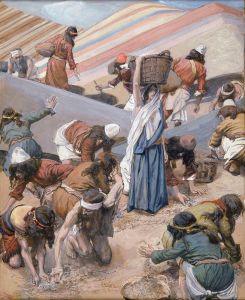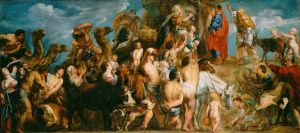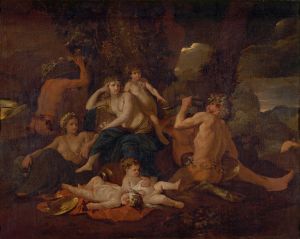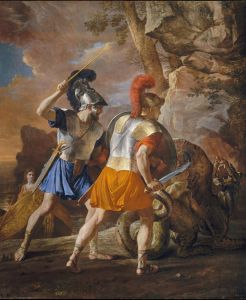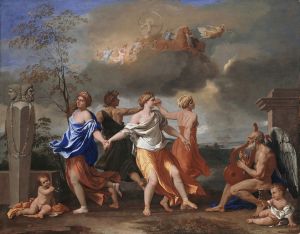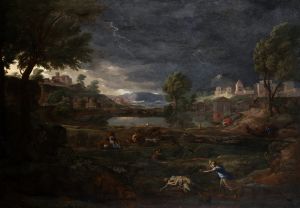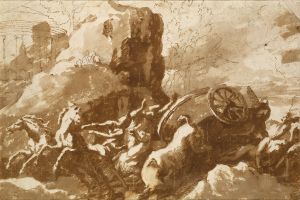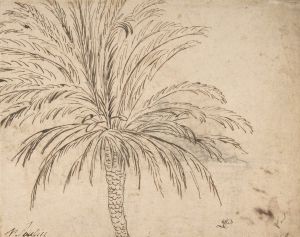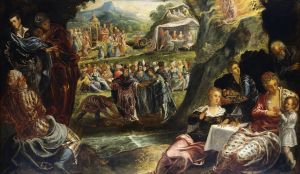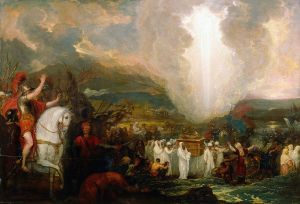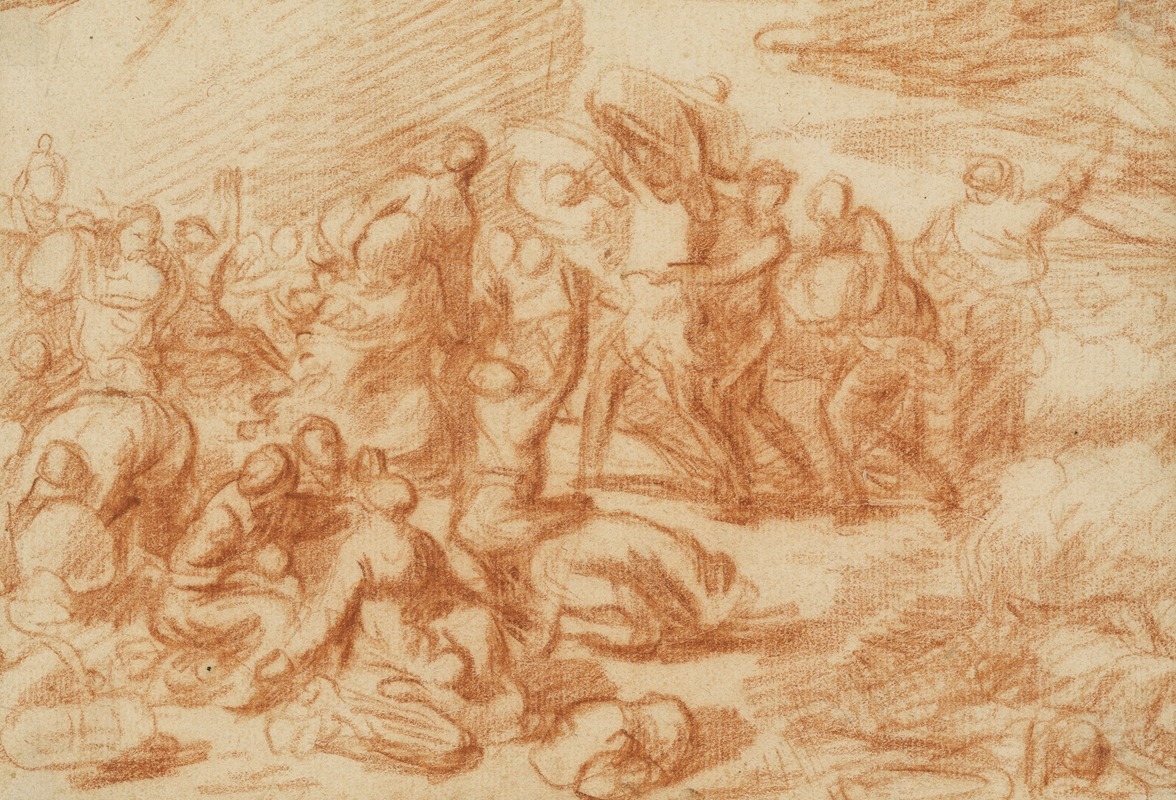
The Crossing of the Red Sea
A hand-painted replica of Nicolas Poussin’s masterpiece The Crossing of the Red Sea, meticulously crafted by professional artists to capture the true essence of the original. Each piece is created with museum-quality canvas and rare mineral pigments, carefully painted by experienced artists with delicate brushstrokes and rich, layered colors to perfectly recreate the texture of the original artwork. Unlike machine-printed reproductions, this hand-painted version brings the painting to life, infused with the artist’s emotions and skill in every stroke. Whether for personal collection or home decoration, it instantly elevates the artistic atmosphere of any space.
Nicolas Poussin's "The Crossing of the Red Sea" is a renowned painting that exemplifies the artist's mastery of classical themes and his dedication to the principles of order, clarity, and harmony. Painted in 1634, this work is one of Poussin's most significant contributions to the Baroque period, reflecting his deep engagement with biblical narratives and classical antiquity.
The painting depicts the biblical story of the Israelites' escape from Egypt, as described in the Book of Exodus. In this dramatic scene, Moses, under divine guidance, parts the Red Sea to allow the Israelites to flee from the pursuing Egyptian army. Once the Israelites have crossed, the waters return, engulfing the Egyptian soldiers. Poussin captures this moment of divine intervention and deliverance with a keen sense of drama and movement.
Poussin's composition is meticulously structured, reflecting his classical influences. The painting is divided into two main sections: the Israelites on the left, celebrating their deliverance, and the Egyptians on the right, caught in the chaos of the returning waters. This division not only highlights the contrast between salvation and destruction but also emphasizes the moral and spiritual themes inherent in the biblical story.
The figures in the painting are rendered with a sculptural quality, showcasing Poussin's study of ancient Roman sculpture and his commitment to idealized human forms. The artist's use of color is both vibrant and controlled, with a palette that enhances the dramatic tension of the scene. The sky, turbulent and filled with dark clouds, adds to the sense of impending doom for the Egyptians while underscoring the miraculous nature of the event.
Poussin's attention to detail is evident in the varied expressions and gestures of the figures, each contributing to the narrative's emotional depth. The Israelites are depicted in various states of relief and gratitude, while the Egyptians are shown in panic and despair. This contrast not only serves the narrative but also reflects Poussin's interest in human emotion and its portrayal through art.
"The Crossing of the Red Sea" is housed in the National Gallery of Victoria in Melbourne, Australia. It is considered a masterpiece of Poussin's oeuvre and a quintessential example of his ability to blend narrative clarity with compositional complexity. The painting's enduring appeal lies in its successful fusion of dramatic storytelling with the formal qualities of classical art, making it a significant work in the history of Western painting.
Poussin's influence on subsequent generations of artists is notable, as he set a standard for history painting that emphasized intellectual rigor and emotional restraint. His work continues to be studied and admired for its technical precision, thematic depth, and its embodiment of the ideals of the Baroque period.





